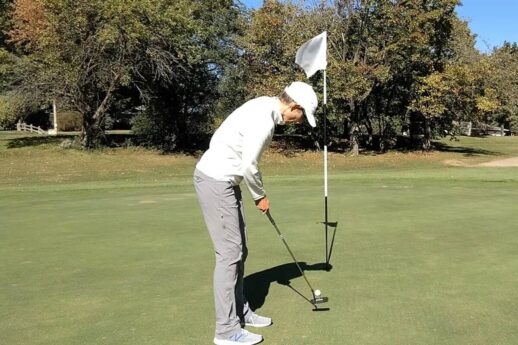
Mastering Short Putts: 4 Essential Tips
Sue Shapcott shares four key tips to sharpen your short putting skills. Learn how to align the ball, control speed, focus with a ‘quiet eye,’ and maintain your posture for better accuracy on the green.
Dr. Sue Shapcott is a former tour player with a passion for helping recreational players reach their potential. She trained with the British PGA and spent 5 years developing technical expertise with Hank Haney in Dallas, TX. Sue is also an educational psychologist and will sneak that into your lessons!
Sue is the founder of Change Golf Instruction www.changegolfinstruction.com based in Madison, WI. In addition to teaching in Madison, Sue releases weekly videos to help golfers with their swing technique, learning, short-game, or information about her golf vacations!
You can subscribe to Sue’s YouTube channel at www.youtube.com/c/ChangeGolfInstruction
Phone Sue on 608-695-3382Email: info@changegolfinstruction.comWebsite: www.changegolfinstruction.com

Sue Shapcott shares four key tips to sharpen your short putting skills. Learn how to align the ball, control speed, focus with a ‘quiet eye,’ and maintain your posture for better accuracy on the green.
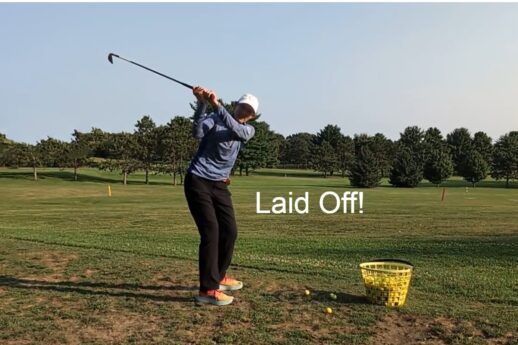
Struggling with an inconsistent swing path? Instructor Sue Shapcott breaks down the crucial difference between “laid off” and “across the line” at the top of your backswing, and how these positions directly impact your ball flight.
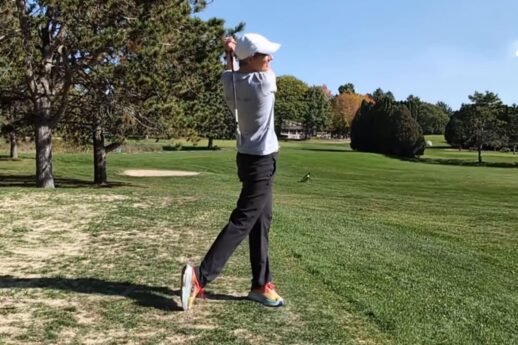
Sue Shapcott shows how learning to control your shot height helps you play well in a range of situations and weather conditions during your round.
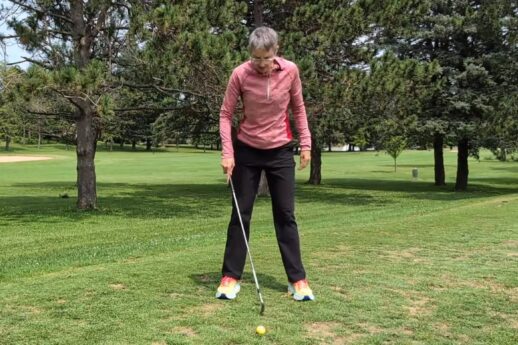
Sue Shapcott shows that the correct ball position means you will make contact in the right part of the swing and more likely to hit a good shot.
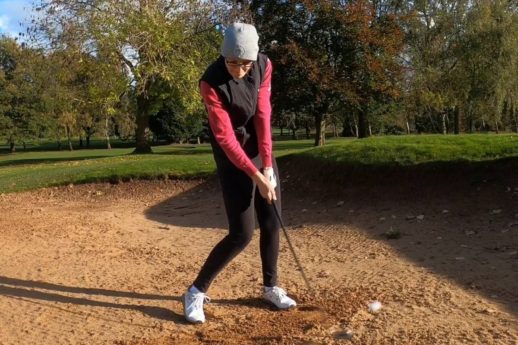
Sue Shapcott shows how to get the ball out of a fairway bunker and safely back in play.
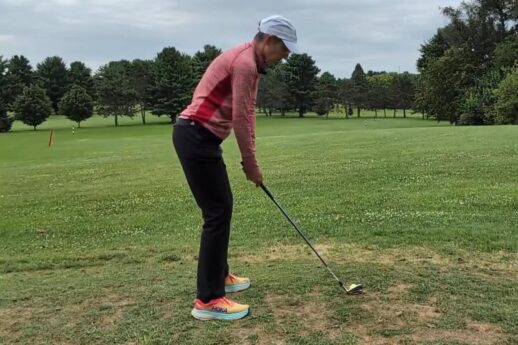
Sue Shapcott demonstrates good golf posture. By bending at the right place you increase your chances of striking the ball well.

Sue Shapcott shows how knowing how long or short the swing should be can be confusing for golfers. Does it matter if your club swings past horizontal? Should you care if you are overswinging?
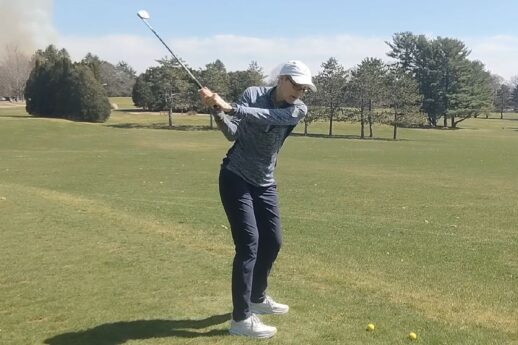
Sue Shapcott has a great workaround if you struggle with upper body mobility and can’t turn very far on your backswing.
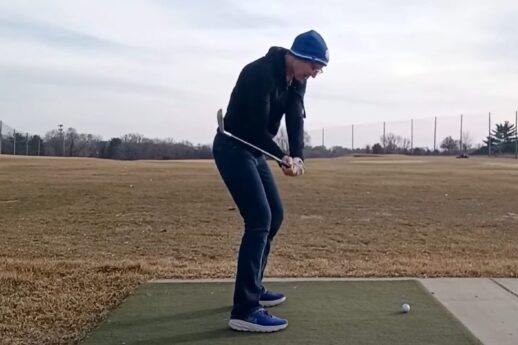
Regardless of what you are working on, Sue Shapcott shows how to replace your old swing habits with new ones.
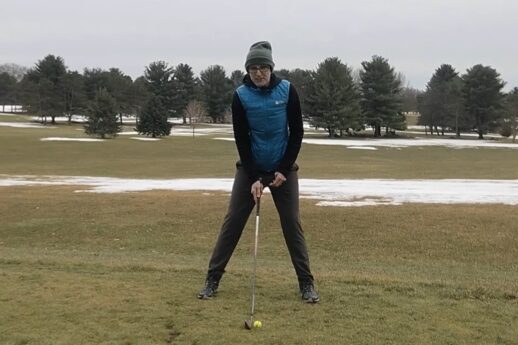
Sue Shapcott shows the rules of thumb that apply to your stance at address. For example, if your stance is too wide, what effect does it have on your golf swing? And if it is too narrow, what are the consequences?
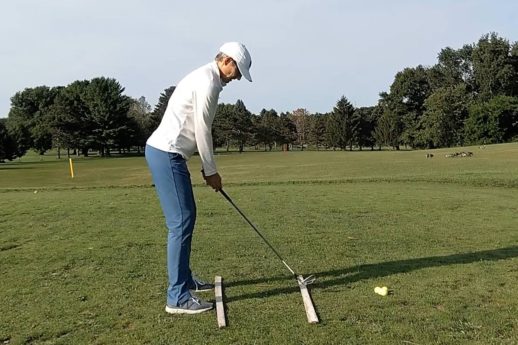
Don’t miss the target because you didn’t line up correctly. Sue Shapcott answers the most common questions golfers ask about alignment.
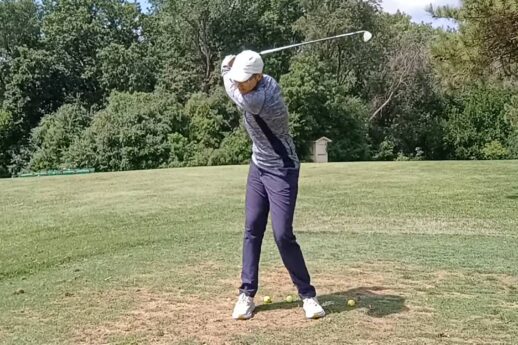
Do you hit all your irons the same distance? If so, Sue Shapcott shows how there’s usually one thing you can do to differentiate between the irons in your set.
WOMEN’S GOLF
YOUR GAME, YOUR WAY © 2025